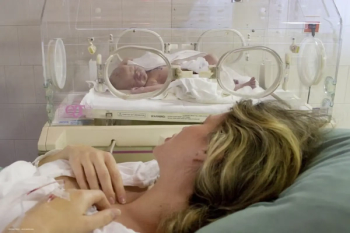
Scleral spacing procedure and its indications in glaucoma treatment
Dr Soloway discusses a novel approach for treating glaucoma known as the scleral spacing procedure (SSP) using PresView Scleral Implants
One of the reasons surgical control of glaucoma has been advocated by the American Academy of Ophthalmology, with the publication of their preferred practice pattern treatment guidelines since 2003, is because of the non-compliance issues. The penetrating trabeculectomy - with or without the use of anti-metabolites - is used as the 'gold standard' to measure all glaucoma surgical procedures against. The problems of this intraocular filtering procedure have long been known, including hypotony, scarring and failure of the bleb, bleb leakage and infection. Numerous other alternatives are now available or in the pipeline and attempting to ameliorate these issues, but all continue to have the same problems of any penetrating procedure aimed at controlling the outflow of aqueous over the long-term. Each has its own 'Goldilocks' approach, of not enough filtration or too much in an effort to reach just the right amount of filtration.
We have found a novel approach to the treatment of glaucoma known as the scleral spacing procedure (SSP) using PresView Scleral Implants (PSI, Refocus-Group, Dallas, Texas, USA). These implants are being studied as a treatment for presbyopia in an FDA monitored investigational device exemption (IDE) clinical trial currently underway in the US. During the initial phase of that study, it was found that the implants also appeared to have an IOP lowering effect on the normotensive presbyopic emmetropes in whom they were implanted. Although not clinically significant in this group of patients without glaucoma, a statistically significant reduction in IOP of approximately 20% was found in patients with baseline IOP of ?16 mmHg. Our interpretation of these results - and the similarity in age of onset for presbyopia and POAG - led to an interest in conducting a study regarding the use of SSP for early POAG and OHT patients as an alternative to medical and or penetrating surgical treatment. By removing patient compliance issues, side effects of medication usage, risk of hypotony, and variability of penetrating surgery, the SSP may become a first line treatment in glaucoma care.
Newsletter
Get the essential updates shaping the future of pharma manufacturing and compliance—subscribe today to Pharmaceutical Technology and never miss a breakthrough.













































